🌿✨ Monstera: Iconic Foliage for a Tropical Oasis! 🌴💚
View allMonstera: The Tropical Showstopper for Your Indoor Garden
Among the many captivating houseplants, few can rival the allure and presence of the Monstera. Often referred to as the Swiss Cheese Plant due to its unique leaf perforations, the Monstera brings a touch of tropical elegance and vivacity to any home. Renowned for its lush foliage and adaptability, this houseplant has become a favorite among plant enthusiasts, decorators, and Instagrammers alike. In this blog, we will explore the origins of Monstera, discuss its ideal growing conditions, provide detailed care instructions, and highlight special occasions for gifting this stunning plant.
Origin of Monstera
Monstera, belonging to the Araceae family, is native to the tropical rainforests of Central America, particularly in countries such as Mexico, Panama, and Costa Rica. The name "Monstera" is derived from the Latin word "monstruosa," meaning "extraordinary" or "monstrous," reflecting the plant's impressive and unique leaf structure.
Monstera plants are epiphytes, which means they often grow on other plants in their natural habitat, using them for support while taking nutrients from the air and rain. This fascinating growth habit has contributed to their iconic, split leaves, which allow the plant to thrive in the light-dappled conditions of the rainforest understory.
Preferred Environment for Monstera
To ensure your Monstera flourishes in an indoor setting, it's essential to replicate its natural tropical habitat. Here are the key environmental factors to consider:
-
Lighting: Monstera prefers bright, indirect light but can tolerate low light conditions. However, good light will encourage the best growth and larger leaves. Avoid exposing it to direct sunlight, which can scorch the leaves.
-
Temperature: Thriving in warm environments, Monstera does best in temperatures between 65°F and 85°F (18°C to 29°C). Keep it away from cold drafts, as sudden temperature fluctuations can stress the plant.
-
Humidity: Given its tropical origins, Monstera enjoys higher humidity levels. Aim for 40% to 60% humidity. If your home is dry, consider misting the leaves, using a humidifier, or placing a tray of water with pebbles beneath the pot to boost moisture levels.
-
Soil: A well-draining potting mix rich in organic matter works best for Monstera. A mix of potting soil, peat moss, and perlite creates an ideal growing environment with good drainage and aeration.
Care Instructions for Monstera
Caring for your Monstera is a rewarding experience that allows you to enjoy its striking presence. Here are essential care tips to keep your Monstera thriving:
-
Watering: Water your Monstera thoroughly when the top 1-2 inches of soil feel dry. It’s important not to overwater, as this can lead to root rot. During the growing season (spring and summer), you may need to water more frequently, while reducing frequency in fall and winter.
-
Fertilizing: During the growing season, feed your Monstera with a balanced liquid fertilizer every four to six weeks to promote healthy growth. In fall and winter, cut back on fertilization since the plant will enter a dormant phase.
-
Repotting: Repot your Monstera every 1-2 years or once it becomes root-bound. Choose a pot that is slightly larger, ensuring it has drainage holes to prevent water retention.
-
Pest Management: While Monstera is relatively pest-resistant, keep an eye out for pests like spider mites, aphids, and mealybugs. If detected, treat your plant with insecticidal soap or neem oil.
-
Pruning: Regular pruning helps maintain the shape of your Monstera and encourages bushy growth. Trim back any yellowing leaves and encourage new growth by pinching off the tips of vigorous stems.
Gifting Themes and Occasions
The bold beauty and symbolism of Monstera make it an exceptional gift for various occasions. Here are a few themes where gifting a Monstera would be particularly meaningful:
-
Housewarming Gift: A Monstera symbolizes warmth and hospitality, making it a wonderful housewarming gift for friends or family as they settle into a new space.
-
Birthday Present: Gifting a Monstera on someone's birthday represents growth and new beginnings, perfect for celebrating another year of life.
-
Graduation Gift: The resilience of the Monstera can symbolize new opportunities and a successful future, particularly fitting for graduates embarking on new journeys.
-
Just Because: Sometimes, the best gifts are given without a reason. A Monstera is a heartwarming gesture that conveys love and appreciation for someone special.
Conclusion
Monstera is more than just a beautiful houseplant; it represents strength, resilience, and a connection to nature. With its stunning foliage and unique character, this tropical gem can elevate any indoor space, bringing an element of the exotic into our everyday lives. By providing the right care and creating an environment that mimics its native rainforest habitat, you can enjoy the beauty of Monstera for years to come.
Whether you choose to gift a Monstera for a special occasion or welcome one into your own home, it serves as a lasting reminder of growth and vitality. Its impressive leaves and easygoing nature make Monstera the perfect choice for any plant lover. Celebrate the artistry of nature with Monstera and let this remarkable plant inspire you with its enchanting presence, reminding us all that beauty and resilience go hand in hand. Embrace the charm of this exquisite plant and watch as it thrives, transforming your indoor oasis into a lush haven of serenity.




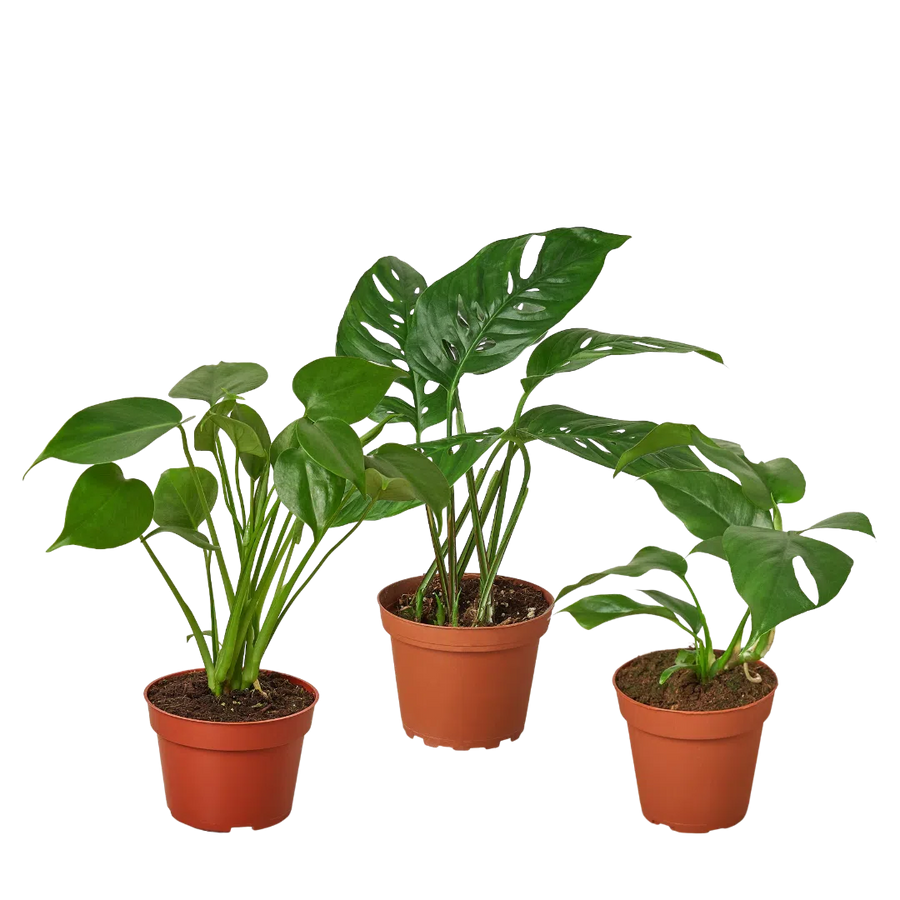


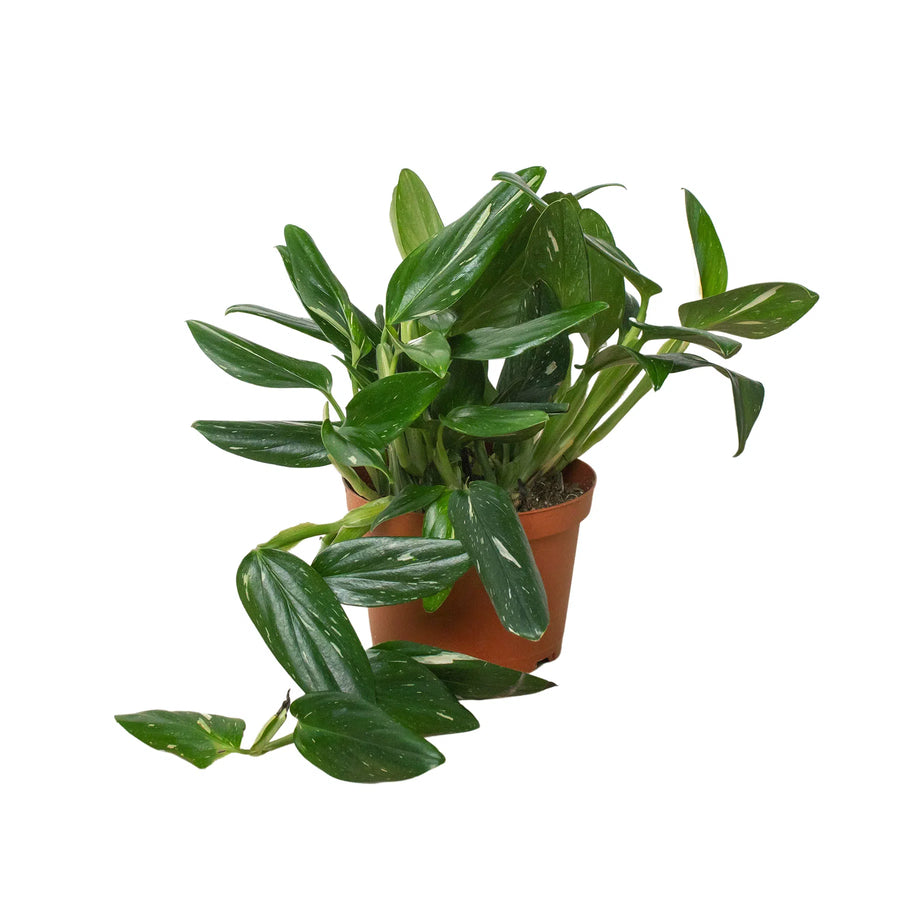



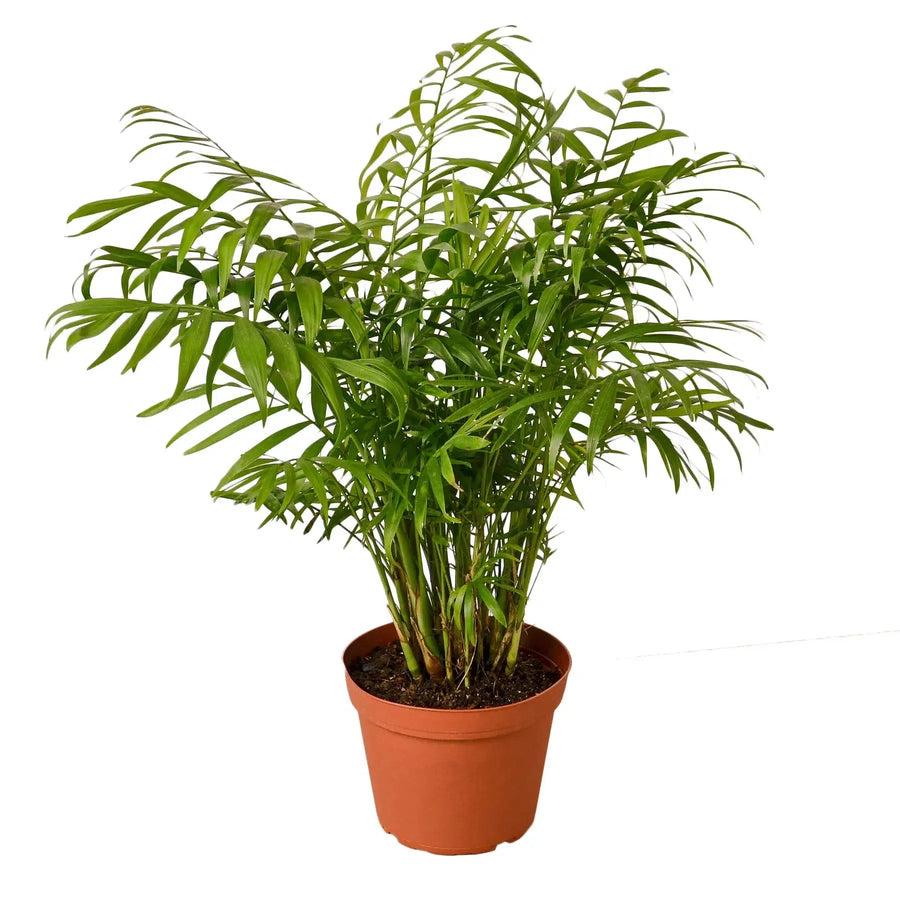

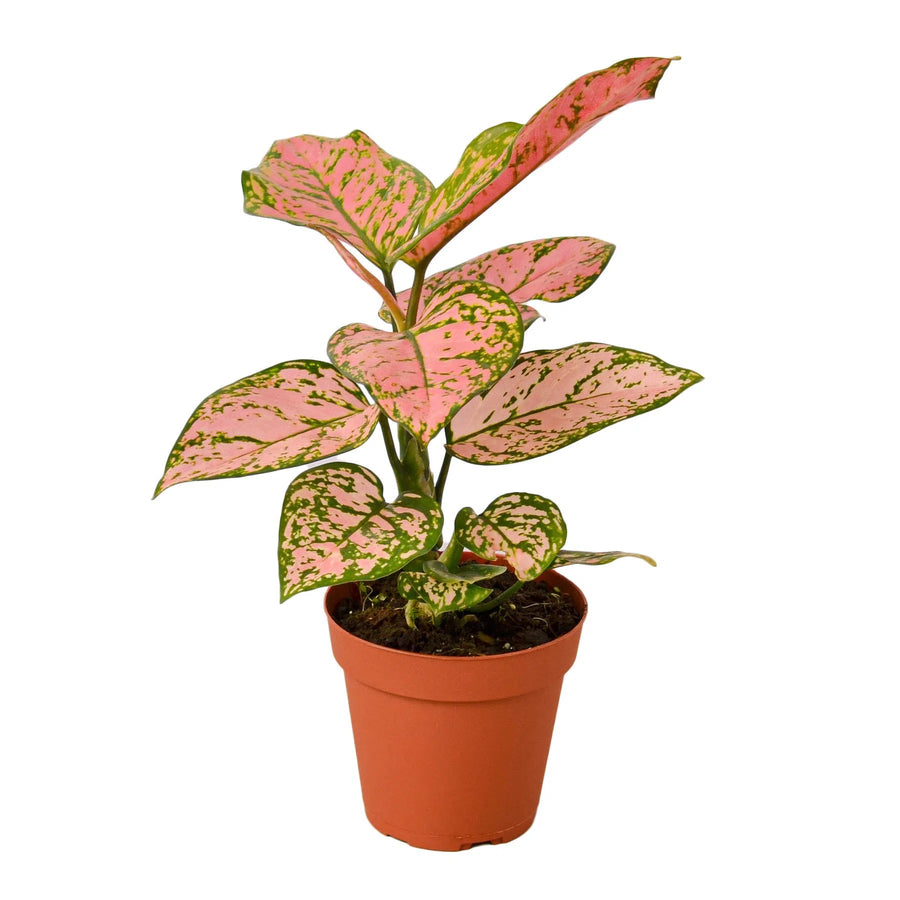
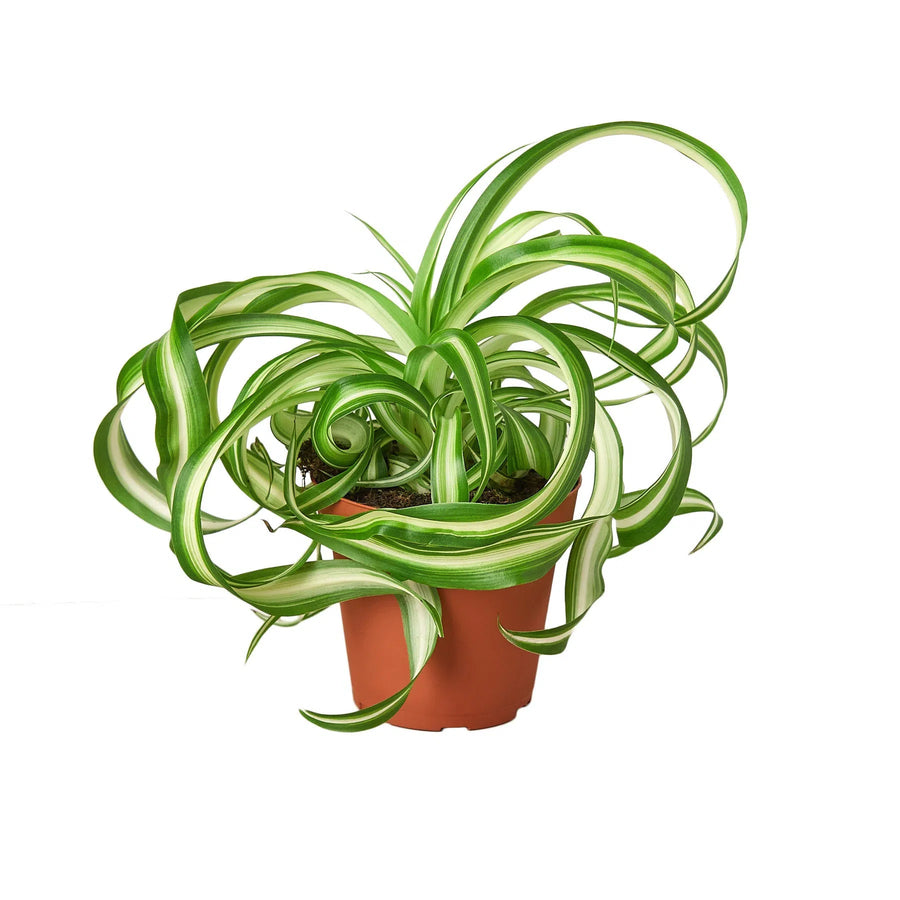

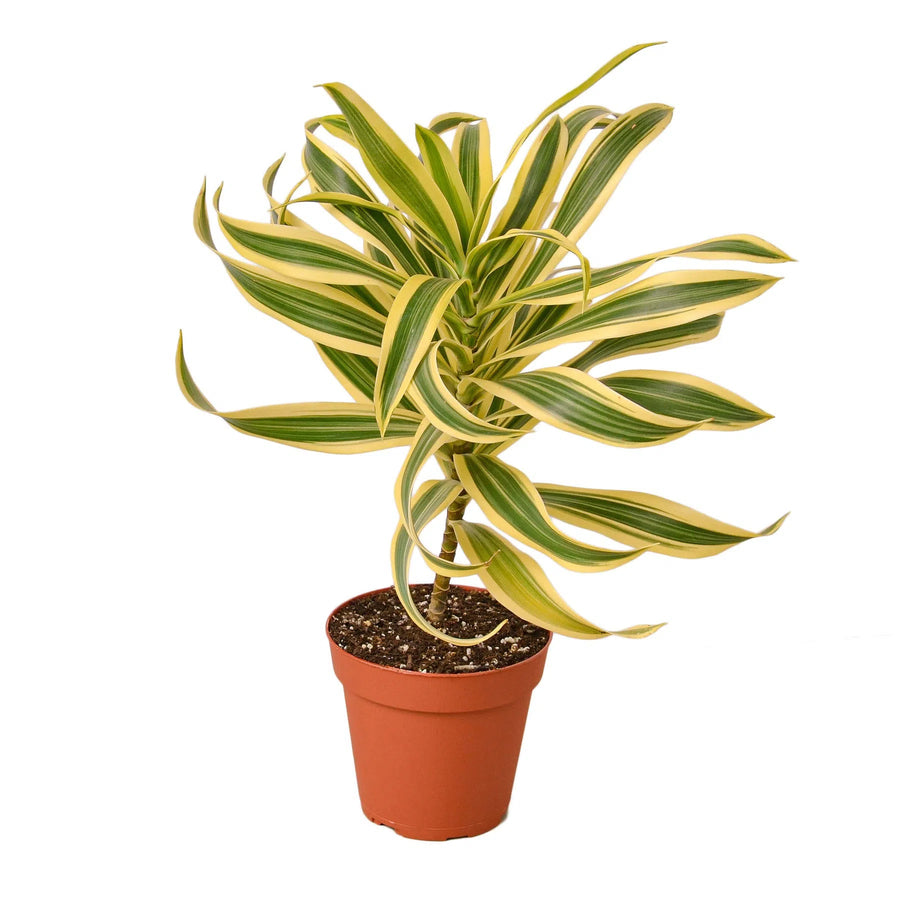
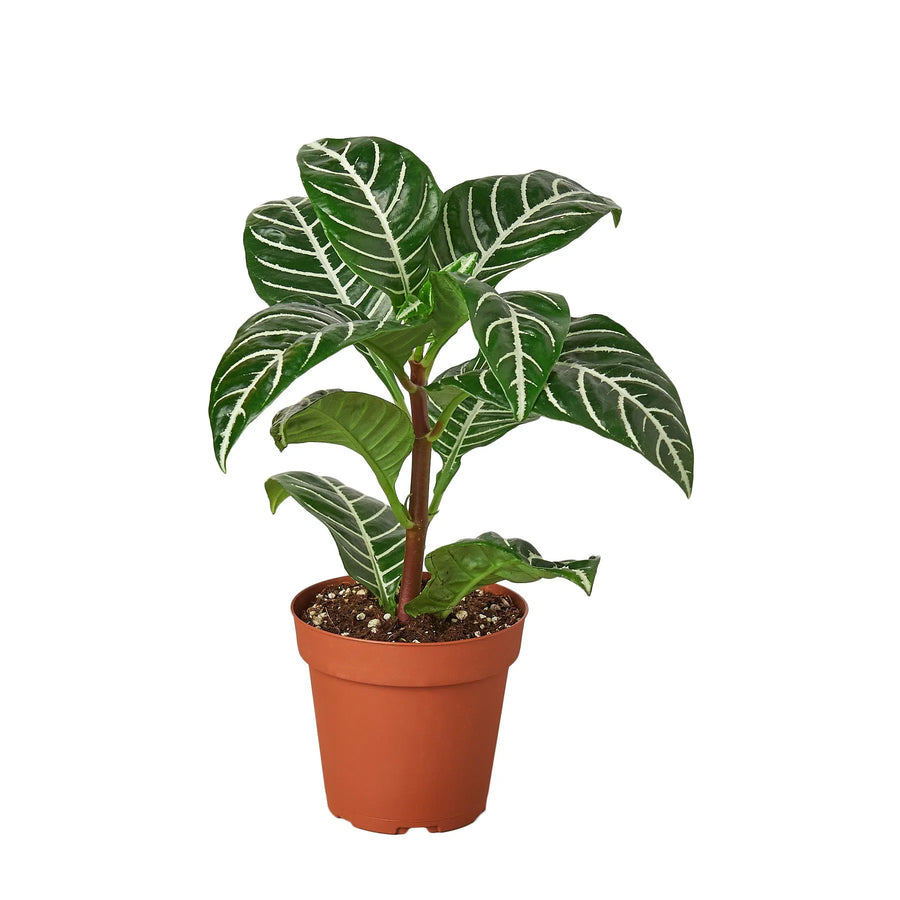
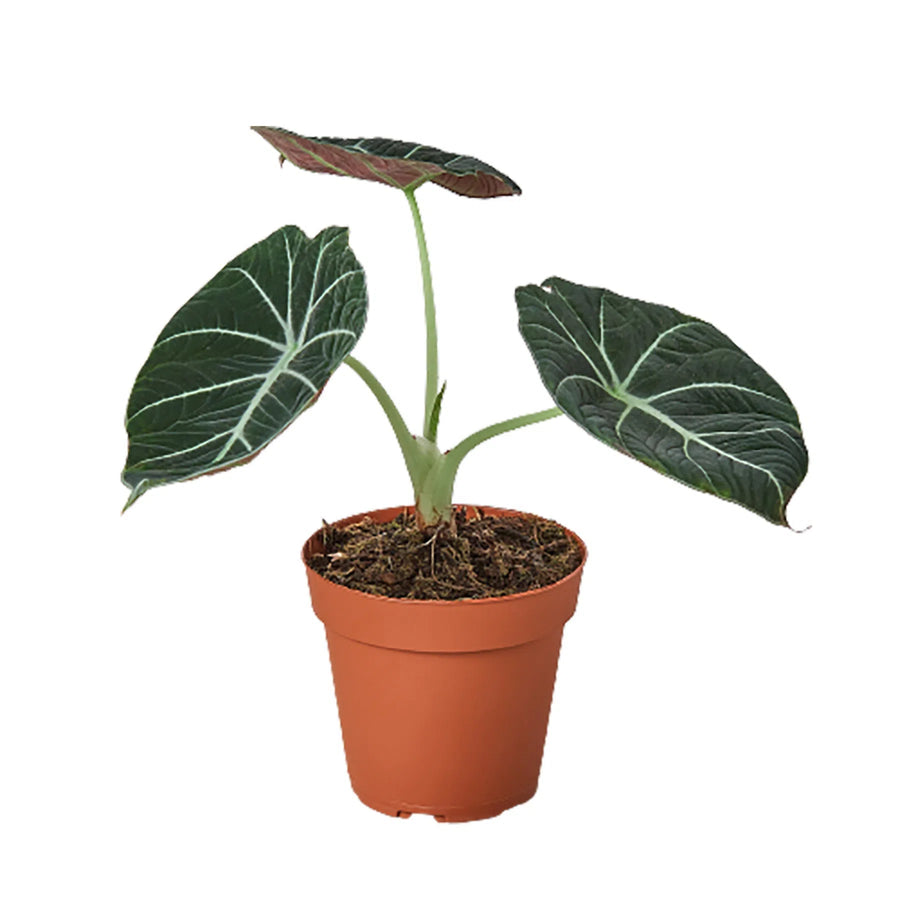

Leave a comment